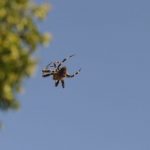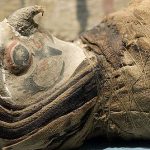 History
History  History
History  Weird Stuff
Weird Stuff 10 Superstitious Beliefs That Once Consumed Entire Cultures
 History
History 10 Bizarre Friendly Fire Incidents in Military History
 Technology
Technology 10 Modern Technologies That Accidentally Imitate Ancient Magic
 Mysteries
Mysteries 10 Mysteries of the Human Genome
 Weird Stuff
Weird Stuff 10 Things So Rare They’ve Only Been Found Once
 History
History 10 Legends Whose Last Moments Undid Their Glory
 Health
Health 10 Futuristic Ideas to Treat Common Medical Problems
 Weird Stuff
Weird Stuff Ten Surreal Attempts to Reverse Baldness
 Facts
Facts 10 U.S. Government Contingency Plans for the Unthinkable
 History
History 10 Odd Things Colonial Americans Kept at Home
 Weird Stuff
Weird Stuff 10 Superstitious Beliefs That Once Consumed Entire Cultures
 History
History 10 Bizarre Friendly Fire Incidents in Military History
Who's Behind Listverse?

Jamie Frater
Head Editor
Jamie founded Listverse due to an insatiable desire to share fascinating, obscure, and bizarre facts. He has been a guest speaker on numerous national radio and television stations and is a five time published author.
More About Us Technology
Technology 10 Modern Technologies That Accidentally Imitate Ancient Magic
 Mysteries
Mysteries 10 Mysteries of the Human Genome
 Weird Stuff
Weird Stuff 10 Things So Rare They’ve Only Been Found Once
 History
History 10 Legends Whose Last Moments Undid Their Glory
 Health
Health 10 Futuristic Ideas to Treat Common Medical Problems
 Weird Stuff
Weird Stuff Ten Surreal Attempts to Reverse Baldness
 Facts
Facts 10 U.S. Government Contingency Plans for the Unthinkable
10 Incredible Photos of Animals In The Womb
The chance to see things from a different perspective ranks among humanity’s great needs. The following images of animals in the womb offer a totally new way of seeing other species on this planet; they cause us to pause, and—at least for a short time—to reflect on everything that is incredible about existence.
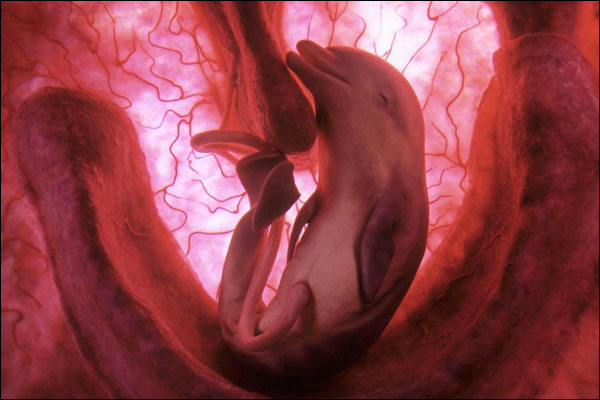
This photo shows a bottlenose dolphin about six months through its gestation period. Bottlenose dolphins can be found wherever the ocean is relatively warm. They give birth after twelve months. Tiny teeth have begun to form inside the mouth of this dolphin fetus, and its tail flukes are beginning to develop.
Halfway through its twenty-two month gestation period, this Asian elephant is a perfect miniature of its already-born brethren. Even the tiny trunk has formed, and small hoofs can also be seen. Unlike humans, infant elephants have physical proportions which remain the same into adulthood.
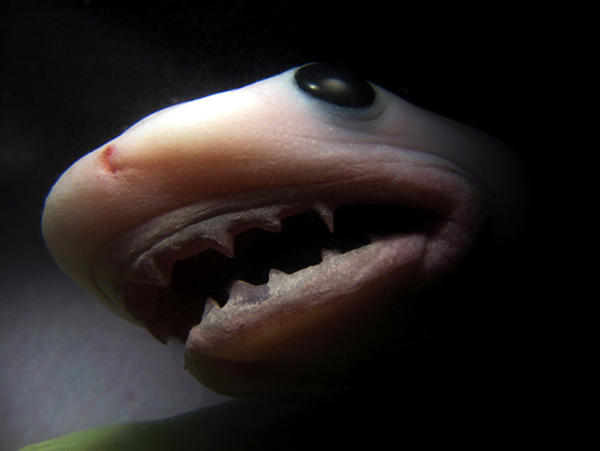
Sharks are extremely rare among fish, since they bear their young in the fashion of a mammal. This tiger shark will soon grow into one of the ocean’s deadliest predators. Even in the womb, its sharp teeth are clearly visible and just as intimidating—they even allow it to eat its unborn siblings if it feels the urge to do so. This shark species is responsible for deaths nearly every year, but most of them are avoidable.
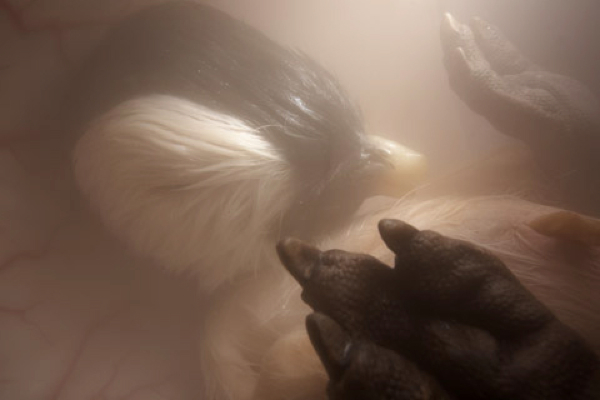
Thanks to ultrasound, we can see through the eggshell of this emperor penguin chick. It’s floating in egg fluid, just days from hatching time. Soon it will enter into one of the coldest environments on the planet, protected by a set of down which, as you can see, has already developed inside the egg. Attached to the belly is the last of the egg yoke.
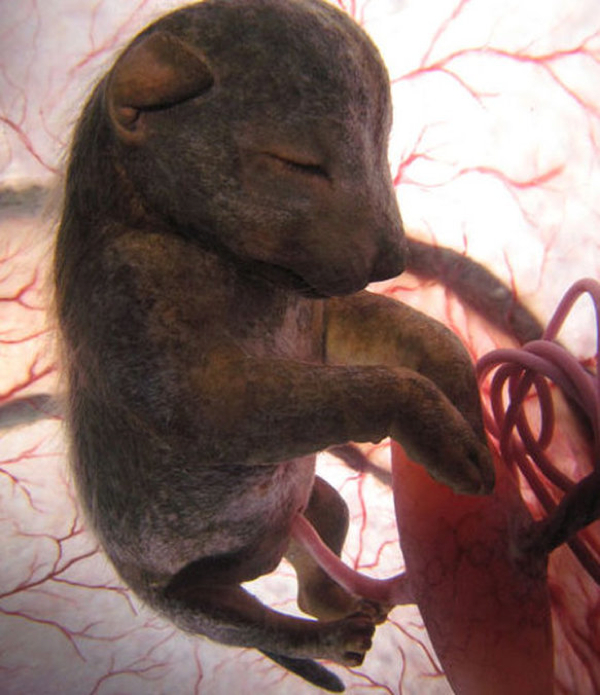
Looking rather like a small bear, a half-developed chihuahua puppy is already developing its distinctive canine features. Upon birth, its nose will have become much more pointed, and its sharp juvenile teeth will already have grown.
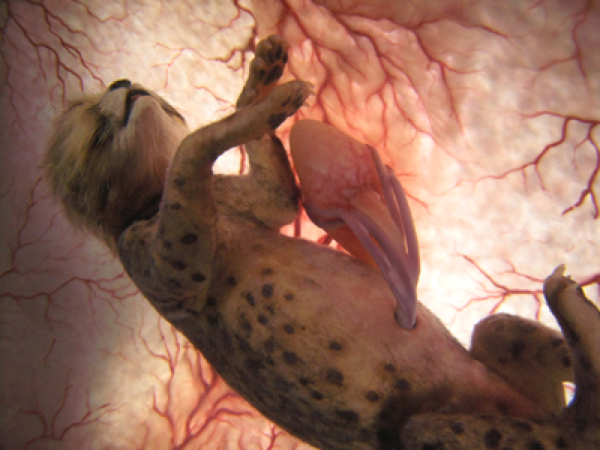
Cats may hate water, but this two-month-old cheetah—as yet unborn—has no choice but to swim in amniotic fluid. In another month, the animal will be born almost entirely helpless, eventually developing into the fastest carnivore on Earth. Even at this stage, spots are visible among the hairs.

Its secret world pierced by ultrasound, a corn snake is growing inside its hard, birdlike egg. Although their lack of legs can make them appear alien and frightening to us, a snake shares many similarities with lizards and young birds—including a well-defined brain region, and spinal column.

Here’s an exception to the title of this list. An ultrasound was not needed to capture images of this opossum which, as a marsupial, was born while still a fetus. The under-developed animal will proceed to the pouch of its mother, until it has developed enough to be “born” once again.
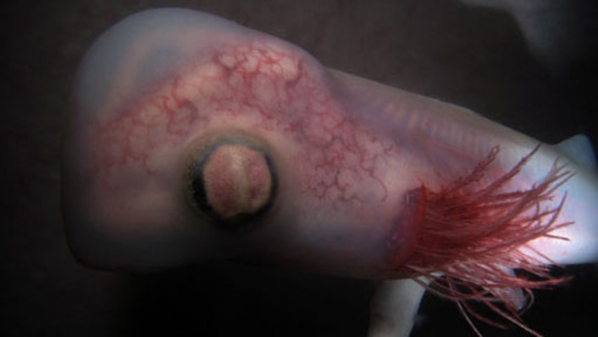
This tiny lemon—still in the very beginnings of its development—almost resembles a tadpole with its strangely frilled gill covers. In just a few weeks, it will be born alive and ready to hunt as one of the fastest tropical shark species on earth. Fish will be immediately targeted—and as the shark matures, it will even learn how to snatch seabirds.

Two thirds of the way to being born, these polar bears already have their insulating fur, and possess tiny claws. Their tiny ursine bodies are engaged in what resembles a bear hug—but sibling rivalry will inevitably escalate once they are born into what is often a life of great hardship. Polar bear cubs grow into the largest carnivore species on land.
Rayan Johnson is an aspiring animal photographer interested in perspective-changing art and communication.
